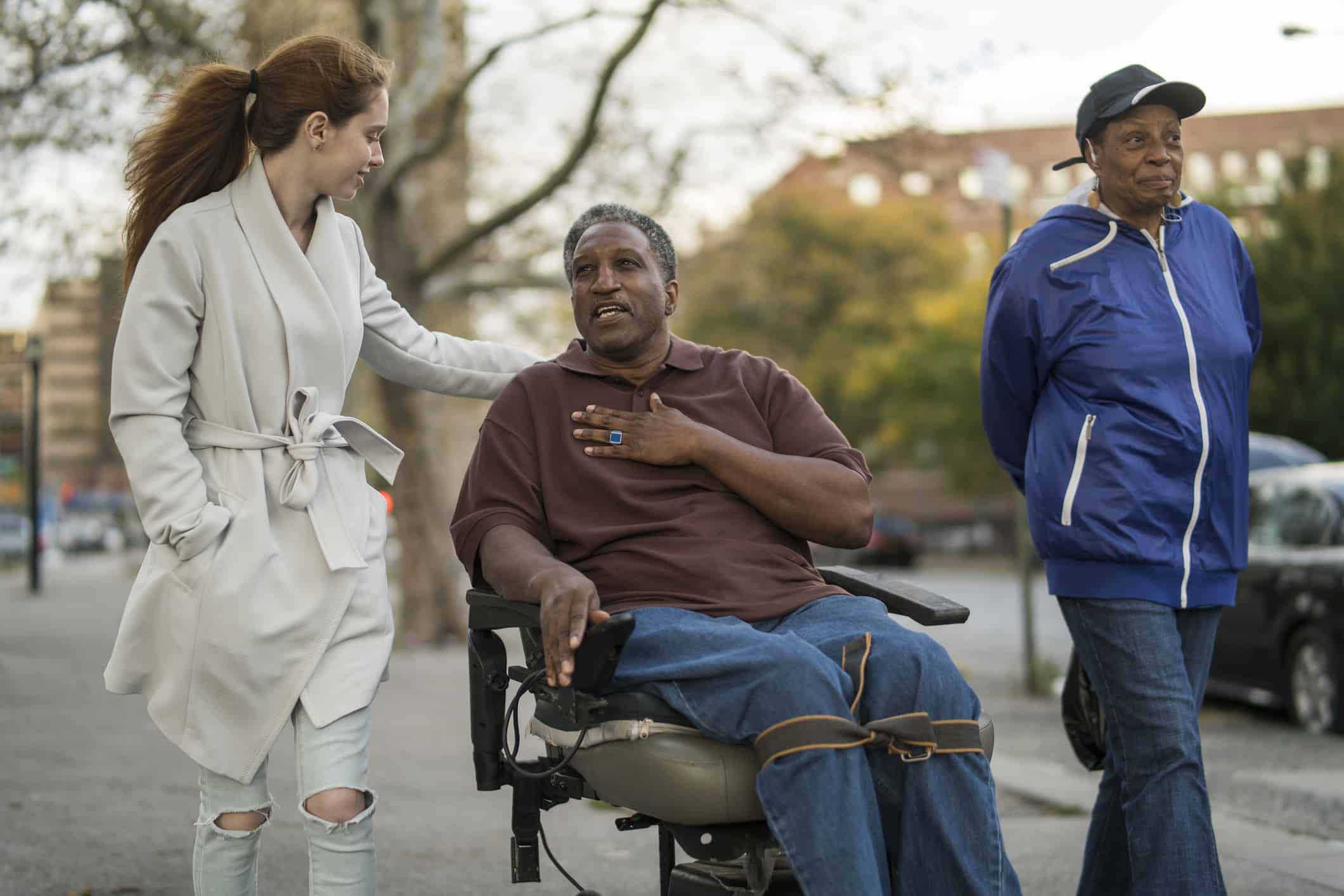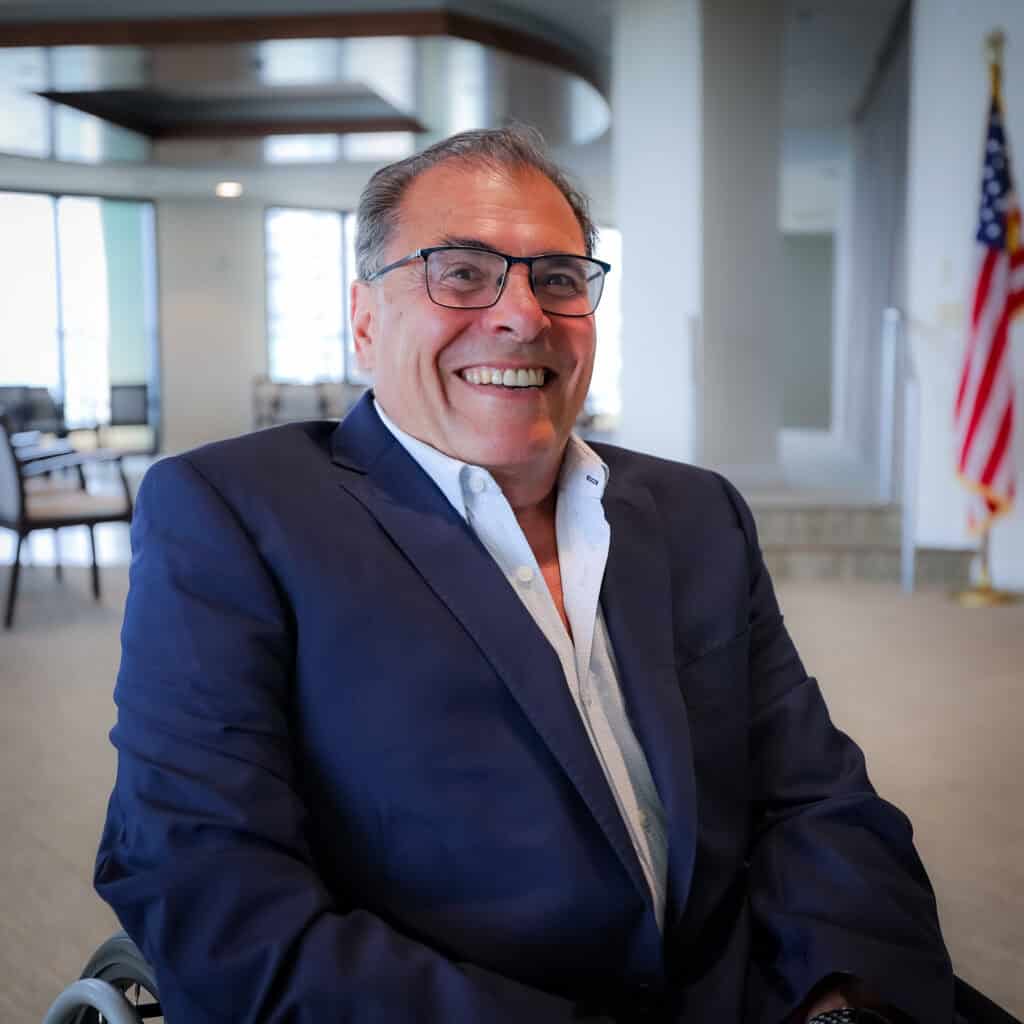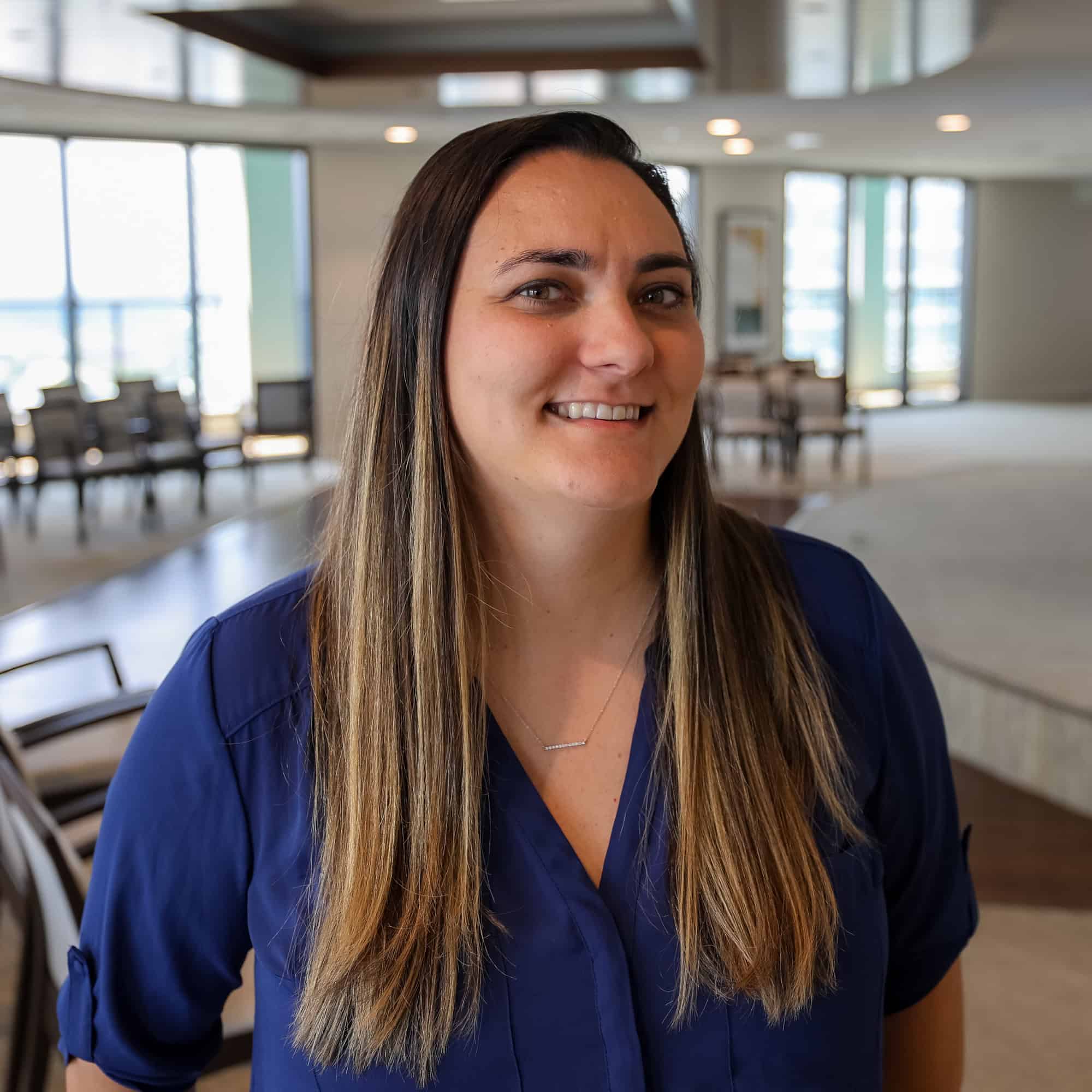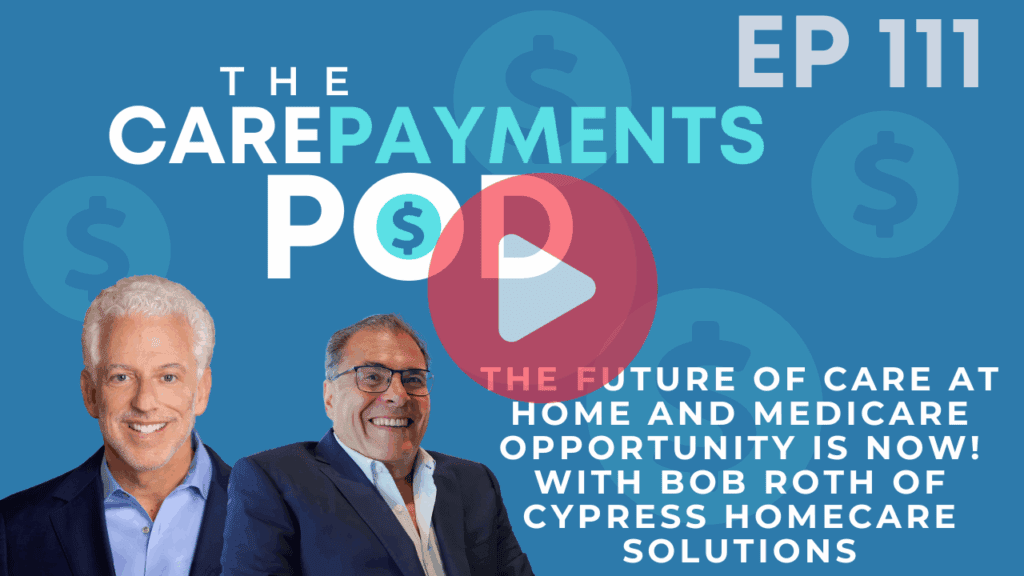THE VBP Blog
The Accountable Health Communities Model – Connecting Health and Social Needs
Model tested whether bridging clinical care with social supports could improve outcomes and reduce costs.

August 21, 2025 – In 2017, the Centers for Medicare and Medicaid Innovation (CMMI) launched the Accountable Health Communities (AHC) Model to test whether systematically identifying and addressing HRSNs could reduce avoidable health care utilization and improve outcomes for Medicare and Medicaid beneficiaries. The model focused not on changing clinical treatments, but on enhancing community-clinical linkages, and making the health care system a more effective connector to social supports.
While the AHC model didn’t produce sweeping cost savings, it offered critical insights into the infrastructure and investment needed to address social needs at scale. In this blog, we explore the background and results of the AHC model, as well as how it provides a valuable framework to build from in the long-term services and supports (LTSS) space.
Model Design and Intent: Building the Blueprint for SDoH Integration
The Accountable Health Communities model was a five-year demonstration that ran from 2017 to 2022. It was based on a simple but ambitious idea: if healthcare providers screen patients for social needs and connect them to appropriate community resources, can we reduce emergency department visits, hospitalizations, and other high-cost utilization?
To test this hypothesis, CMS structured AHC around three different intervention tracks:
- Awareness Track: Focused on screening beneficiaries for HRSNs and providing them with a list of community resources.
- Assistance Track: Involved both screening and active navigation support, including helping beneficiaries make appointments and follow up on referrals.
- Alignment Track: Went a step further by trying to align community resources with beneficiary needs through local system-level collaboration.
Ultimately, 28 organizations across 21 states were selected to participate, with most operating in the Assistance Track. Each participating site was required to use a standardized HRSN screening tool to assess needs across five domains:
- Housing instability
- Food insecurity
- Transportation challenges
- Utility needs
- Interpersonal violence
Eligible beneficiaries included those with frequent emergency department (ED) use or high risk for avoidable ED visits, as identified through claims-based algorithms. The model’s primary outcome was a reduction in total health care costs, with secondary measures including ED utilization, inpatient admissions, and improved care coordination.
Each site was required to partner with clinical delivery settings (e.g., hospitals, FQHCs, primary care practices) and establish formal connections with community service providers (CBOs). Importantly, the model funded community health workers or navigators to support individuals with complex needs in following through on referrals.
It is important to note that the AHC Model was not a direct payment reform and did not alter how providers were reimbursed. Instead, it invested in infrastructure, workflows, and partnerships, treating the social services sector as a core partner in value-based care.
Results and Evaluation: Modest Impact, Meaningful Takeaways
The Accountable Health Communities Model did not generate large-scale savings, but it delivered key lessons about bridging healthcare and social services. In the Assistance Track, which paired screening with navigation support, CMS observed a reduction in emergency department visits, avoidable emergency department visits, and fewer admissions for ambulatory care sensitive conditions. However, the model did not achieve statistically significant reductions in total healthcare spending.
The Awareness Track, which only provided resource lists, had no impact, which highlights that screening without follow-up is insufficient. Across all sites, over half of beneficiaries reported at least one social need, with food insecurity and housing instability most common.
The model also faced challenges: limited local resources, weak data-sharing infrastructure, and high enrollee churn made follow-up and coordination difficult. Still, many participating sites have sustained screening and navigation efforts beyond the model’s end, and AHC’s structure has influenced newer CMS initiatives like ACO REACH.
What Worked—and What Didn’t
The Accountable Health Communities Model offered a proof of concept for systematically addressing social needs through the healthcare system, and in doing so, revealed both promising strategies and persistent barriers.
What Worked:
- Navigation mattered. The most effective results came from the Assistance Track, where community navigators helped beneficiaries connect with services. This showed that meaningful support is needed, especially for high-need populations.
- Validated widespread social need. The model’s standardized screening tool was used for over 1.1 million unique patients and identified HRSNs in over 50% of beneficiaries, confirming that social drivers of health are not fringe issues.
- Catalyzed broader innovation. Many AHC participants continued their screening and navigation efforts after the model ended. Additionally, newer models like ACO REACH and Medicaid Section 1115 demonstrations are incorporating lessons from AHC, using similar tools and approaches.
What Didn’t Work:
- Screening alone fell flat. The Awareness Track, which relied on resource lists without navigation, had no measurable impact on utilization or outcomes. The data confirmed that identifying a need without offering support is insufficient.
- Community capacity was uneven. Many sites struggled to find enough housing, food, or utility support to meet the identified needs. In areas with strained social service infrastructure, even the best screening and navigation could only go so far.
- Data sharing and follow-up were challenging. Limited interoperability between healthcare systems and community-based organizations made it difficult to track referrals or measure impact. Navigators often lacked visibility whether services were delivered.
- Medicaid churn and patient instability disrupted continuity. Frequent changes in insurance coverage and unstable housing made it difficult to maintain ongoing support for many beneficiaries, particularly those most in need of long-term assistance.
In short, the AHC Model succeeded in establishing the importance of screening and navigation, but it also made clear that system-level barriers like fragmented data, underfunded social supports, and misaligned incentives, must be addressed to make social-health integration sustainable and scalable.
Applying the Model to LTSS: Accountability with Flexibility
The AHC Model offers a compelling framework for strengthening long-term services and supports, particularly by recognizing that health and social needs are inseparable for older adults and people with disabilities. AHC’s focus on screening, navigation, and community partnerships aligns closely with the person-centered goals of LTSS, where helping someone stay in their home often depends as much on home care services as it does on medical care.
One key lesson from AHC is that systematic screening works, but only if there’s follow-through. In LTSS, where care managers and service coordinators already play a role in assessing needs, incorporating standardized HRSN screening could create consistency and accountability across providers and plans. Pairing this with navigation supports like those used in the AHC Assistance Track, could enhance access to HCBS, reduce unnecessary hospital use, and improve caregiver support.
For LTSS VBP models to succeed, they must include funding mechanisms that support navigation, data sharing, and partnerships with community-based organizations. They must also ensure that services like housing support or home-delivered meals are adequately resourced and accessible.
Advocate’s Perspective
The Accountable Health Communities Model may not have delivered major cost savings, but it redefined how we think about care. AHC proved that identifying HRSNs is only the first step, and that navigation, follow-up, and community partnerships are what make a real difference. The model’s biggest legacy is its shift in mindset. It showed that addressing social determinants is fundamental to person-centered, equitable care. As states and plans develop VBP models for LTSS, AHC’s lessons are critical: screen consistently, invest in support systems, and treat community-based organizations as core partners. AHC didn’t fix the system, but it pointed the way and laid a framework for taking the next step in making long-term care truly work for the people who rely on it.
Onward!
The CarePayments Podcast
Episode #111
The Future of Care at Home and Medicare Opportunity Is Now! with Bob Roth of Cypress Homecare Solutions
WATCH NOW
Share This Blog!
Get even more insights on Linkedin & Twitter

About the Author
Fady Sahhar brings over 30 years of senior management experience working with major multinational companies including Sara Lee, Mobil Oil, Tenneco Packaging, Pactiv, Progressive Insurance, Transitions Optical, PPG Industries and Essilor (France).
His corporate responsibilities included new product development, strategic planning, marketing management, and global sales. He has developed a number of global communications networks, launched products in over 45 countries, and managed a number of branded patented products.

About the Co-Author
Mandy Sahhar provides experience in digital marketing, event management, and business development. Her background has allowed her to get in on the ground floor of marketing efforts including website design, content marketing, and trade show planning. Through her modern approach, she focuses on bringing businesses into the new digital age of marketing through unique approaches and focused content creation. With a passion for communications, she can bring a fresh perspective to an ever-changing industry. Mandy has an MBA with a marketing concentration from Canisius College.
